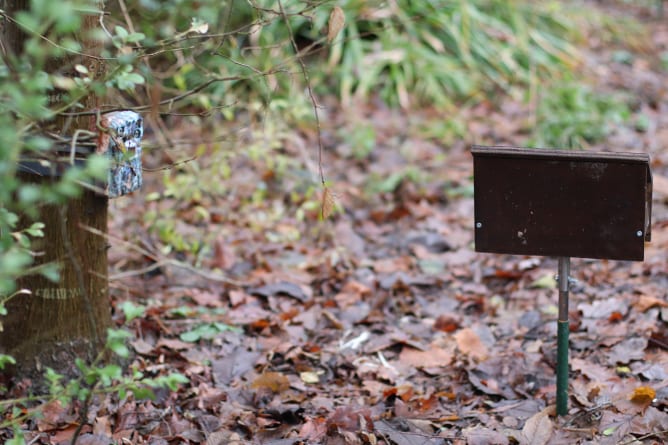Master project
Hi everyone, my name is Giada and I am a biology student at the University of Neuchâtel. Within the framework of my Master’s thesis, I am working on a project to advance the first steps towards the development of a non-lethal method to coexist with wolves: biofencing. The method has already been used, but there is a lack of reliable observations to prove that biofencing is a viable method for protecting livestock.
Aim of the research:
The goal of the research is to build the foundation for the development of a natural barrier to keep wolves away from livestock farms and urban areas. By using the substances responsible for territorial signals and mimicking the marking behavior of wolves, it is possible to create artificial barriers that simulate a pack. In this way, wild wolves will instinctively avoid invading these territories since they are «already occupied.»
Wolf territorial behavior:
Originating in Botswana, this method harnesses animals’ instinct to avoid conflict with neighboring rivals by establishing territorial boundaries. Wolves defend and mark the limits of their territories by signaling their presence by their scent. Through urine, feces and specialized glands, wolves strategically release chemical messages that deter neighboring packs from trespassing territorial boundaries to avoid fatal conflicts.
When wolves demarcate their territories, they exhibit distinctive behaviors such as sniffing, defecating, scratching and rubbing. However, the most significant behavior is raised-leg urination. This type of urination produces urine that is different from elimination urine as it contains a wide range of chemicals that communicate information such as the presence of territorial boundaries.Few studies have examined the individual chemicals in wolf urine and the effect they cause on behavior.
What I will do:
By mimicking raised-leg urination I will test the response of captive wolves to other wolves’ urine and individual chemicals in it. I will monitor territorial behavior responses by observing them with camera traps to better understand their chemical communication.
Why is it important?
The current defensive strategies, employing guarding animals and various types of fencing -both electrified and non-electrified-, have demonstrated limited efficiency, especially in the mountains where the terrain makes it difficult to install these solutions. Consequently, the most common solution used disproportionately is culling. However, this approach is not a viable solution for conservation of the species and has proven to be ineffective in ensuring long-term livestock protection.
Nonlethal methods are a more effective and economically sustainable alternative. We can approach predator-human interaction in a positive way while respecting biodiversity.
As a predator, the wolf plays the role of keystone species in the ecosystem, thus able to largely influence the environment in which it lives. Being at the top of the food chain, it has a direct and indirect impact on the populations of other species, regulating their abundance. When wolf prey, such as wild boar and deer, become too numerous, it creates an imbalance that triggers a damaging ripple effect on the entire ecosystem. These animals consume large amounts of vegetation, hindering the growth of trees and plants and compromising forest renewal. Forests that do not renew regularly are more susceptible to forest fires and less resistant to avalanches. The loss of these forest areas often irreversibly damages the habitats and resources of many other species. As a result, the biodiversity of an area is irreparably damaged.
The wolf is indigenous to the Swiss landscape and is critical in maintaining biodiversity, so it is necessary to research alternatives that aim for coexistence with this predator.
This project is important because the results will make it possible to contribute scientifically to researching an additional approach to managing human-predator conflict that respects the wolf’s conservation status and ecological role.

Your contribution
Your financial support will enable me to purchase the camera traps needed to collect data on the reaction of wolves to chemicals in urine.
The results I obtain will lay the groundwork for the development of an alternative method to lethal approaches that can defend livestock and support wolf conservation.
Please join me in this research so that together we can promote the harmonious coexistence with the wolf!





